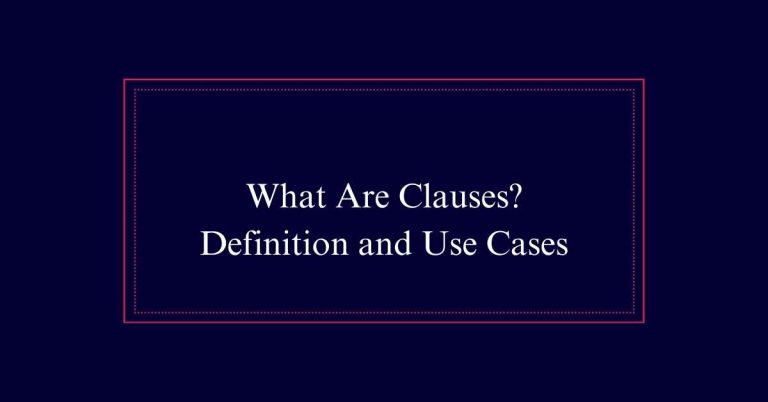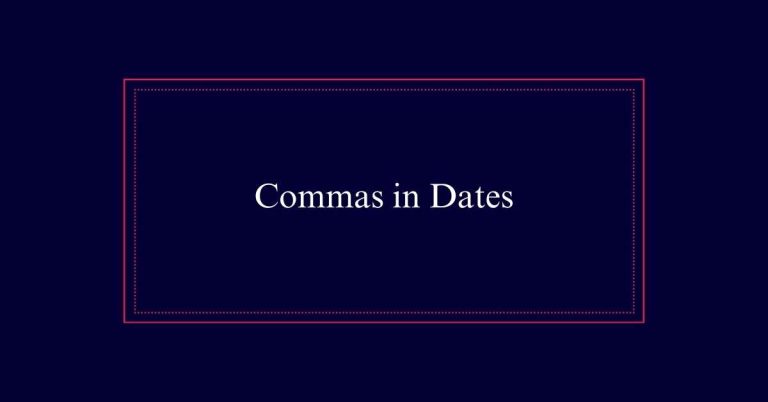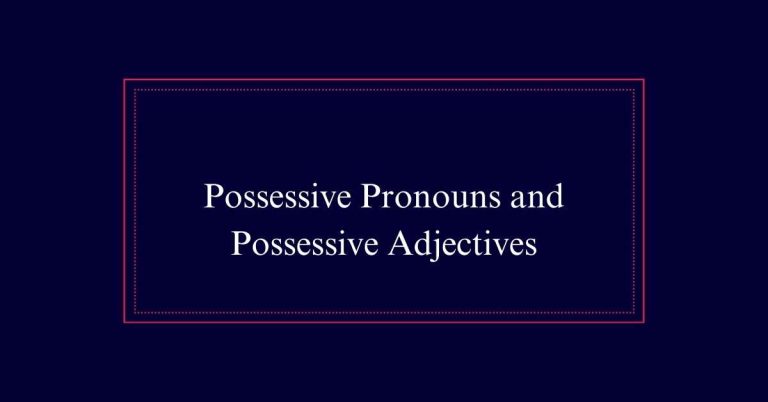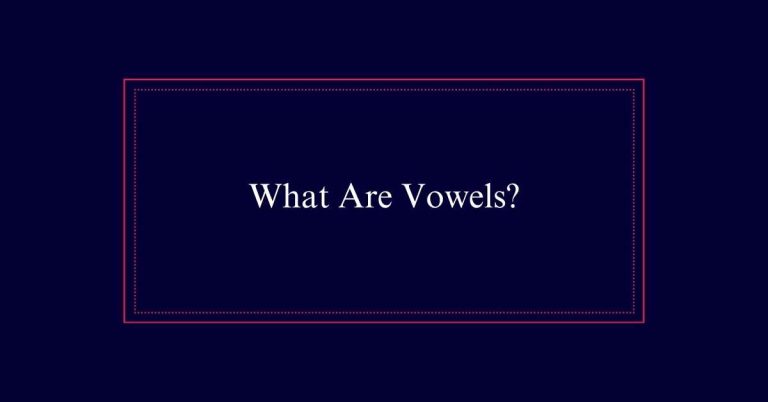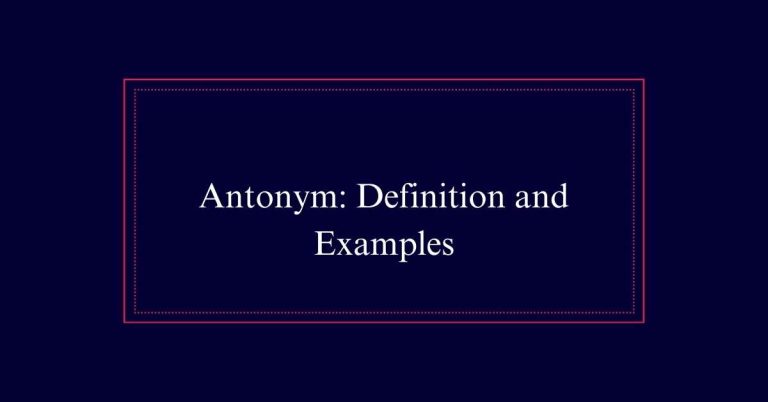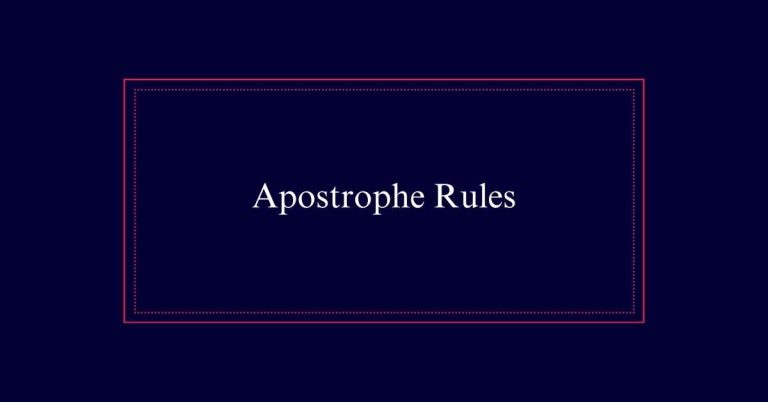Declarative Sentences
Declarative sentences are statements that convey information or express thoughts. They always end with a period and form the backbone of clear communication. Examples of simple declarative sentences include ‘The cat sleeps’ and ‘She writes a letter.’
Compound declarative sentences, such as ‘She writes a letter, and he reads a book,’ unite two independent clauses with conjunctions. Complex declarative sentences add depth by combining an independent clause with one or more subordinate clauses.
What Is a Declarative Sentence?
Understanding declarative sentences is essential for effective communication in English. They are one of the four types of sentences and are used to communicate information directly. Declarative sentences state facts, opinions, observations, or explanations. Each declarative sentence must have a subject and a predicate and always ends with a period.
There are different types of declarative sentences based on their structure. A simple sentence has one independent clause. A compound sentence contains two or more independent clauses. A complex sentence includes one independent clause and at least one subordinate clause. Finally, a compound-complex sentence has two or more independent clauses and one or more subordinate clauses.
Importance in Communication
Declarative sentences play an important role in communication by providing clear and direct information. They form the backbone of everyday conversations, academic writing, and professional correspondence. By structuring statements simply and effectively, they guarantee that the intended message is conveyed without ambiguity. This clarity fosters understanding and reduces misunderstandings, which is crucial in all forms of communication.
| Feeling | Example | Impact |
|---|---|---|
| Confidence | ‘We will succeed in our project.’ | Encourages team morale |
| Clarity | ‘The meeting starts at 10 AM.’ | Ensures everyone is informed |
| Trust | ‘The data has been verified.’ | Builds credibility |
| Assurance | ‘Your application was accepted.’ | Provides peace of mind |
Simple Declarative Sentences
A simple declarative sentence consists of a single independent clause that clearly conveys a statement. It has a straightforward structure, typically following the subject-verb-object order. This type of sentence is the most basic form of communication in written and spoken language. Examples include ‘The cat sleeps,’ ‘She writes a letter,’ and ‘They play soccer.’
Simple declarative sentences are effective in expressing clear and concise information. They avoid complexity, making them easy to understand. They are often used in everyday conversation, instructions, and factual statements. Their simplicity guarantees that the message is direct and unambiguous, which is essential for effective communication.
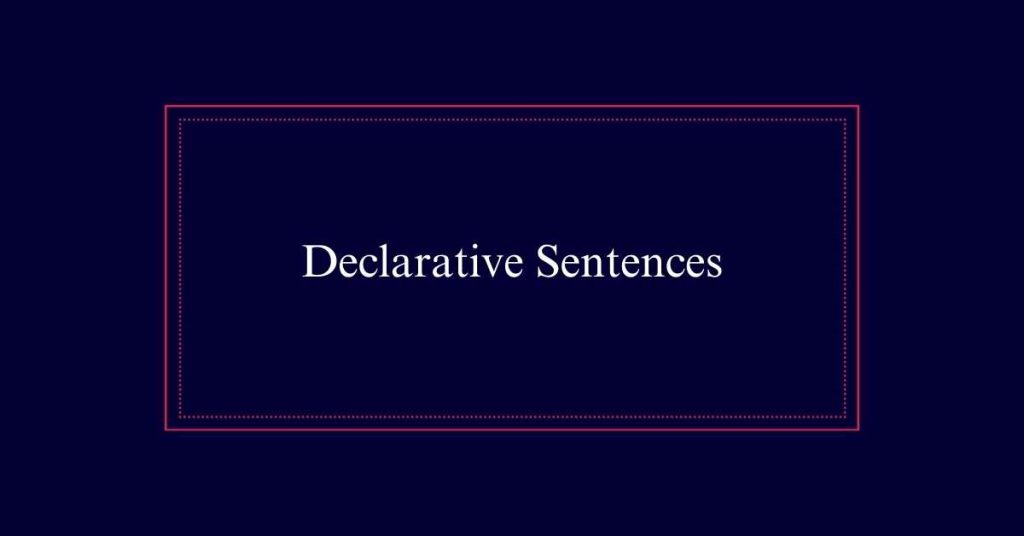
Compound Declarative Sentences
Compound declarative sentences consist of two or more independent clauses joined by coordinating conjunctions. These conjunctions include ‘and’, ‘but’, ‘or’, ‘nor’, ‘for’, ‘so’, and ‘yet’. By connecting clauses, compound sentences provide a way to convey multiple related ideas clearly and cohesively.
Here are a few examples:
| Example | Emotion Evoked |
|---|---|
| I wanted to go for a walk, but it started raining. | Disappointment |
| She studied hard, so she passed the exam. | Satisfaction |
| He enjoys playing basketball, and he loves swimming. | Enthusiasm |
| He didn’t like the movie, nor did he enjoy the book. | Indifference |
| You can come with us, or you can stay home. | Indecision |
Complex Declarative Sentences
Complex declarative sentences contain one independent clause and one or more subordinate clauses. These sentences provide depth and detail by linking additional information to the main idea.
For example, ‘Although it was raining, we went for a walk,’ combines the main event with a related condition. The independent clause, ‘we went for a walk,’ stands alone as a complete thought. The subordinate clause, ‘Although it was raining,’ adds context but cannot stand alone.
This structure allows for nuanced expression and clearer relationships between ideas. Complex declarative sentences are useful in both academic and everyday writing for conveying intricate information efficiently.
Compound-Complex Declarative Sentences
When writing compound-complex declarative sentences, you combine multiple independent clauses with one or more subordinate clauses to convey intricate ideas and relationships. This structure allows for detailed and nuanced communication.
For example, ‘The project was successful because everyone worked hard, and we finished ahead of schedule.’ Here, ‘The project was successful’ and ‘we finished ahead of schedule’ are independent clauses. The subordinate clause ‘because everyone worked hard’ adds context and detail.
Word Order Rules
In declarative sentences, the standard word order is typically Subject – Verb – Objects. This sequence guarantees clarity and straightforward communication.
For example, ‘The cat (subject) chased (verb) the mouse (object).’ Adhering to this structure helps prevent confusion.
Prepositional phrases can be added at the beginning or end for additional detail, such as, ‘In the garden, the cat chased the mouse.’
Linking words like ‘however’ or ‘therefore’ can also precede the subject to connect ideas smoothly.
Adding Clauses and Phrases
Enhancing declarative sentences with additional clauses and phrases can enrich their meaning and provide greater detail. Clauses and phrases offer extra information about the subject, action, or context. Using these elements effectively can transform simple sentences into complex, informative ones. Consider the following examples:
| Sentence Type | Example |
|---|---|
| Simple Sentence | The cat slept. |
| With Prepositional Phrase | The cat slept on the couch. |
| With Subordinate Clause | The cat slept while the rain poured outside. |
| Compound Sentence | The cat slept, and the dog watched. |
| Compound-Complex Sentence | The cat slept on the couch, and the dog, who was awake, watched. |
Declarative Vs. Interrogative
Understanding how to add clauses and phrases enriches declarative sentences, but it is also important to distinguish them from interrogative sentences. Declarative sentences state facts or opinions and end with a period.
In contrast, interrogative sentences ask questions and end with a question mark. The word order differs: declarative sentences follow a Subject-Verb-Object structure, while interrogative sentences usually follow a Verb-Subject-Object structure.
For example, ‘She loves music’ is a declarative sentence, while ‘Does she love music?’ is an interrogative sentence. The change in punctuation and word order is essential to shift from making a statement to asking a question.
Declarative Vs. Exclamatory
Declarative and exclamatory sentences differ primarily in their punctuation and the emotions they convey. While declarative sentences state facts and end with a period, exclamatory sentences express strong emotions and end with an exclamation point. The word order of both sentence types is generally similar, but the punctuation alters the tone and meaning to a considerable extent. Here is a comparison to illustrate the differences:
| Aspect | Declarative Sentence | Exclamatory Sentence |
|---|---|---|
| Purpose | States information | Expresses strong emotion |
| Ending punctuation | Period (.) | Exclamation point (!) |
| Tone | Neutral | Emotional |
| Example | She won the race. | She won the race! |
| Use | Factual statements | Urgent, emotional remarks |

